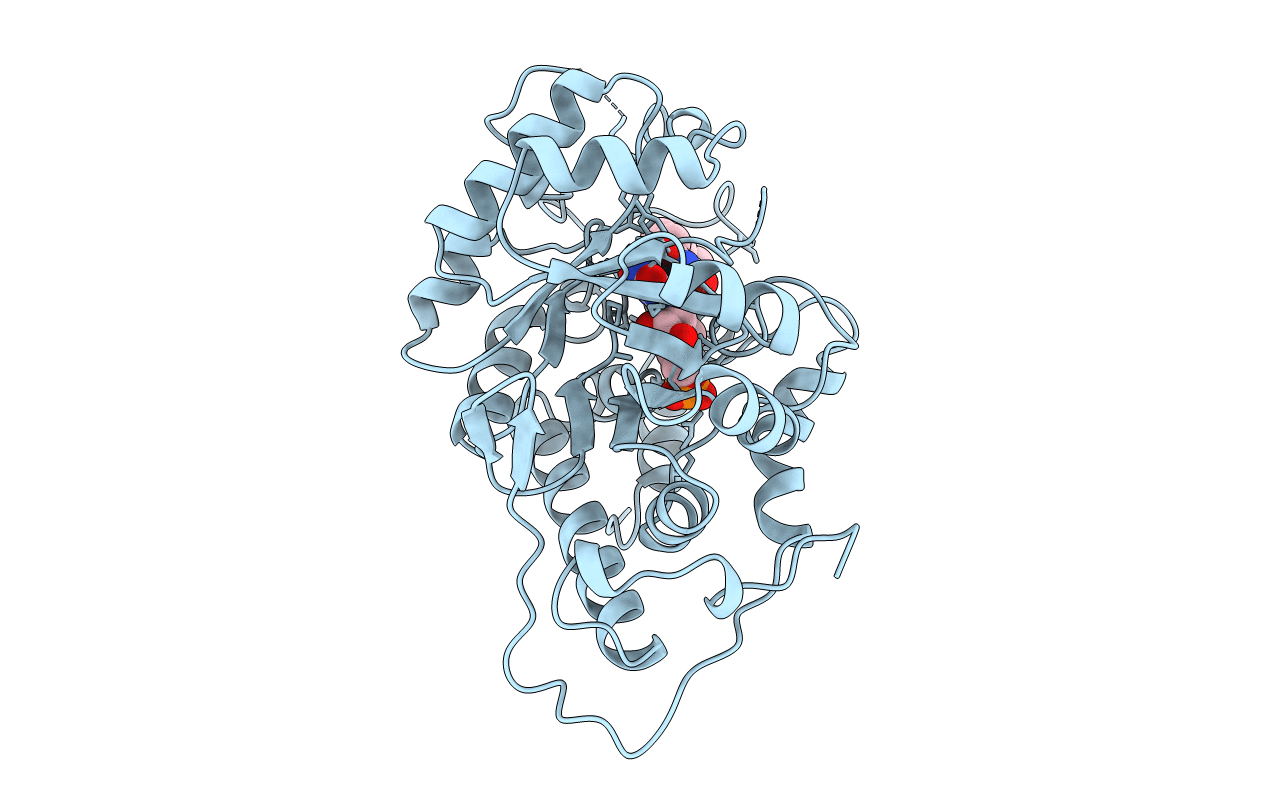
Deposition Date
1997-06-12
Release Date
1997-09-17
Last Version Date
2024-05-22
Entry Detail
PDB ID:
1AL8
Keywords:
Title:
THREE-DIMENSIONAL STRUCTURE OF GLYCOLATE OXIDASE WITH BOUND ACTIVE-SITE INHIBITORS
Biological Source:
Source Organism:
Spinacia oleracea (Taxon ID: 3562)
Host Organism:
Method Details:
Experimental Method:
Resolution:
2.20 Å
R-Value Free:
0.25
R-Value Work:
0.19
R-Value Observed:
0.19
Space Group:
I 4


